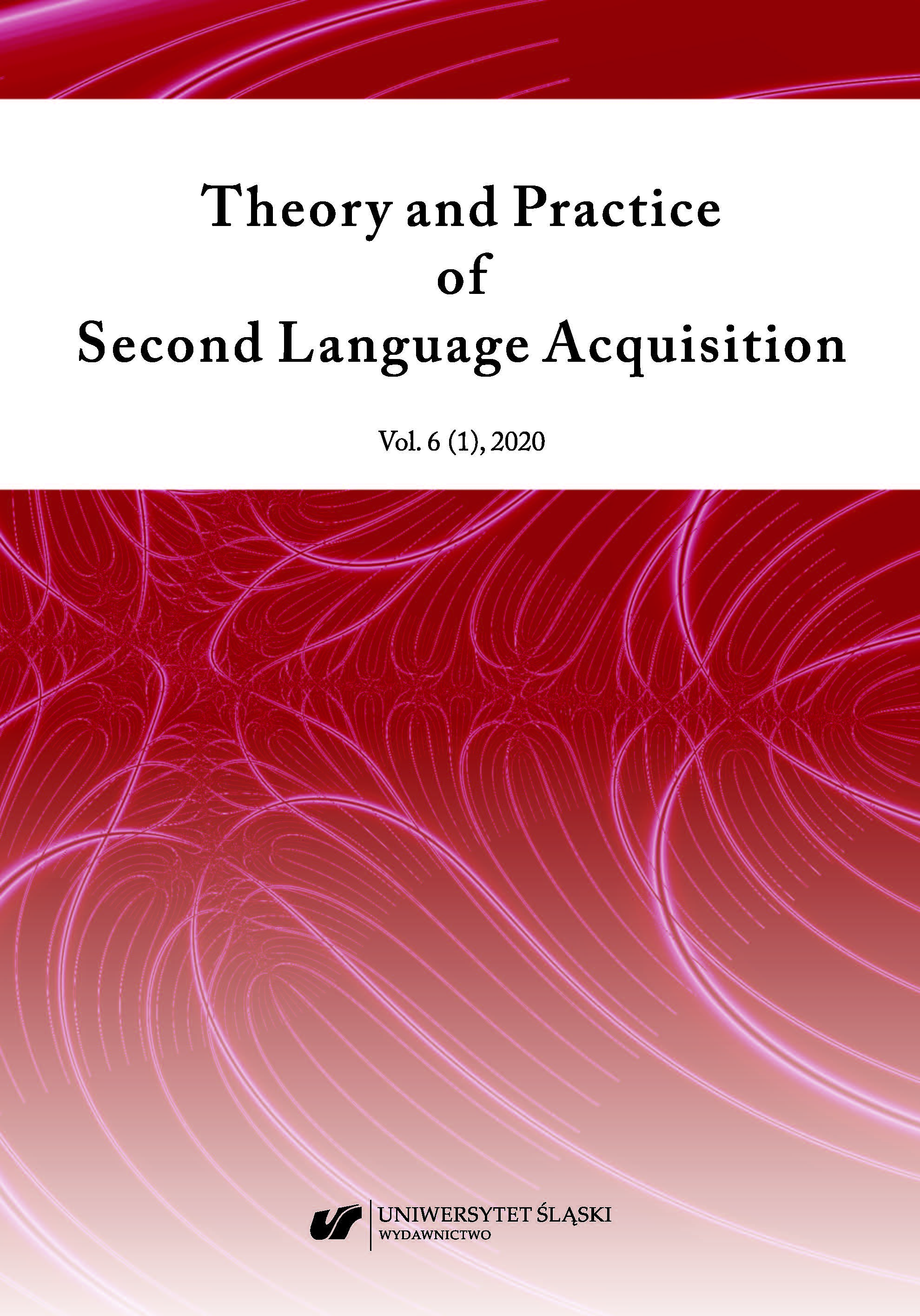

 https://doi.org/10.31261/tapsla.7742
https://doi.org/10.31261/tapsla.7742
Recent research has shown that L1 use can serve important cognitive, communicative, and social functions in communicative foreign and second language learning (Turnbull & Dailey-O’Cain, 2009). In the context of Chinese universities, Meij and Zhao (2010) argue that is widespread agreement among administrators that the L1 should not be used in L2 classrooms. Both teachers and students should follow this norm. However, in their study, they found that translanguaging practice is perceived by teachers and students as a useful approach to achieve desired learning outcomes. Other studies (Cai & G. Cook, 2015; Littlewood & Fang, 2011) show that teachers use the L1 in L2 class to specific functions: addressing personal needs, giving direction in class, managing class, and ensuring student understanding. The aim of this paper is to present a study about university teachers' attitudes towards and uses of translanguaging in Portuguese foreign language classrooms. The participants involved are 31 Chinese teachers (n=31), all native speakers of Mandarin, in mainland China. They answered a questionnaire that aims to get information related to the importance that teachers assign on different uses of translanguaging. Findings indicated that the majority of the teachers believe that the use of the students’ L1, by the teacher or by students, could improve Portuguese learning in various ways, especially in the first levels.
Download files
Citation rules

Vol. 6 No. 1 (2020)
Published: 2020-06-08
 10.31261/tapsla
10.31261/tapsla